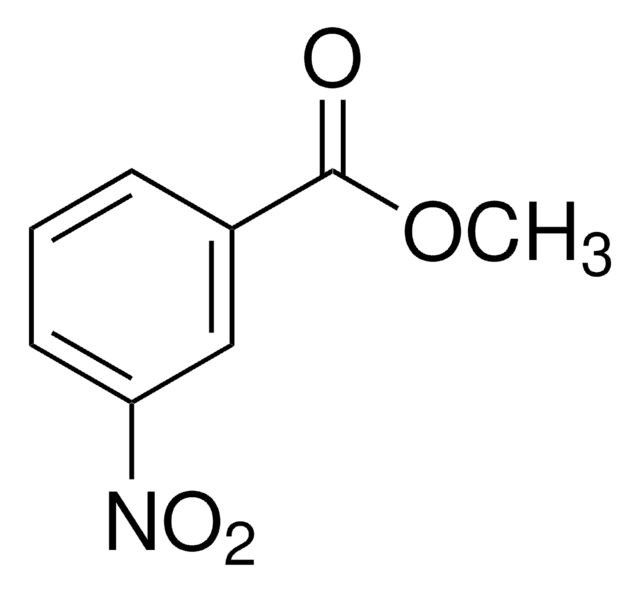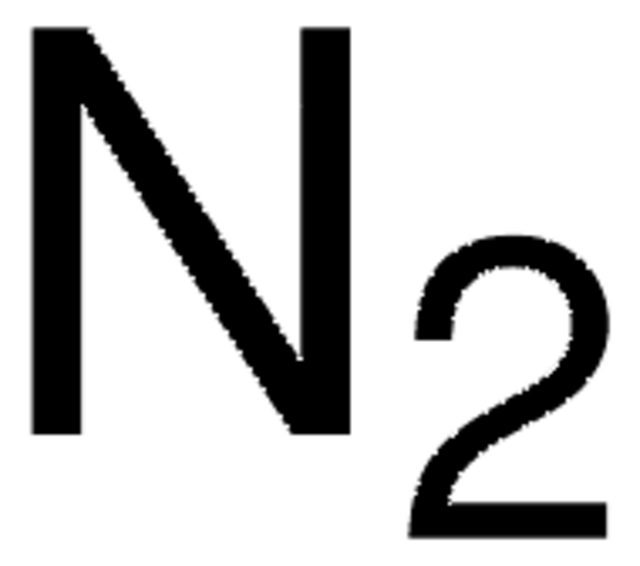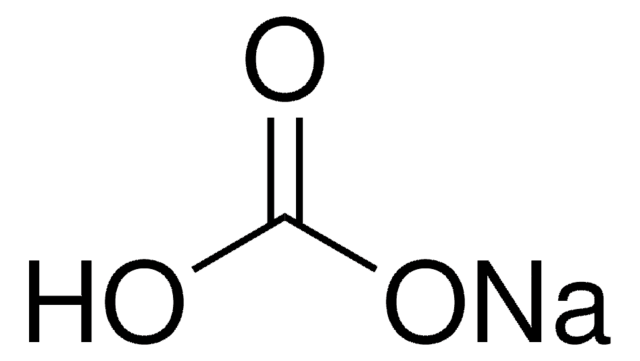506516
Methanolic H2SO4
10 % (v/v) in methanol, for GC derivatization
Recommended Products
grade
for GC derivatization
Quality Level
description
Esterification reagent
reaction suitability
reagent type: derivatization reagent
reaction type: Esterifications
packaging
pkg of 6 × 5 mL
box of 6 ampules (5mL each)
concentration
10 % (v/v) in methanol
SMILES string
OS(O)(=O)=O
InChI
1S/H2O4S/c1-5(2,3)4/h(H2,1,2,3,4)
InChI key
QAOWNCQODCNURD-UHFFFAOYSA-N
Looking for similar products? Visit Product Comparison Guide
General description
Application
Other Notes
Signal Word
Danger
Hazard Statements
Precautionary Statements
Hazard Classifications
Acute Tox. 3 Dermal - Acute Tox. 3 Inhalation - Acute Tox. 3 Oral - Eye Irrit. 2 - Flam. Liq. 2 - Met. Corr. 1 - Skin Irrit. 2 - STOT SE 1
Target Organs
Eyes
WGK
WGK 2
Flash Point(F)
closed cup
Flash Point(C)
closed cup
Regulatory Information
Certificates of Analysis (COA)
Search for Certificates of Analysis (COA) by entering the products Lot/Batch Number. Lot and Batch Numbers can be found on a product’s label following the words ‘Lot’ or ‘Batch’.
Already Own This Product?
Find documentation for the products that you have recently purchased in the Document Library.
Our team of scientists has experience in all areas of research including Life Science, Material Science, Chemical Synthesis, Chromatography, Analytical and many others.
Contact Technical Service







